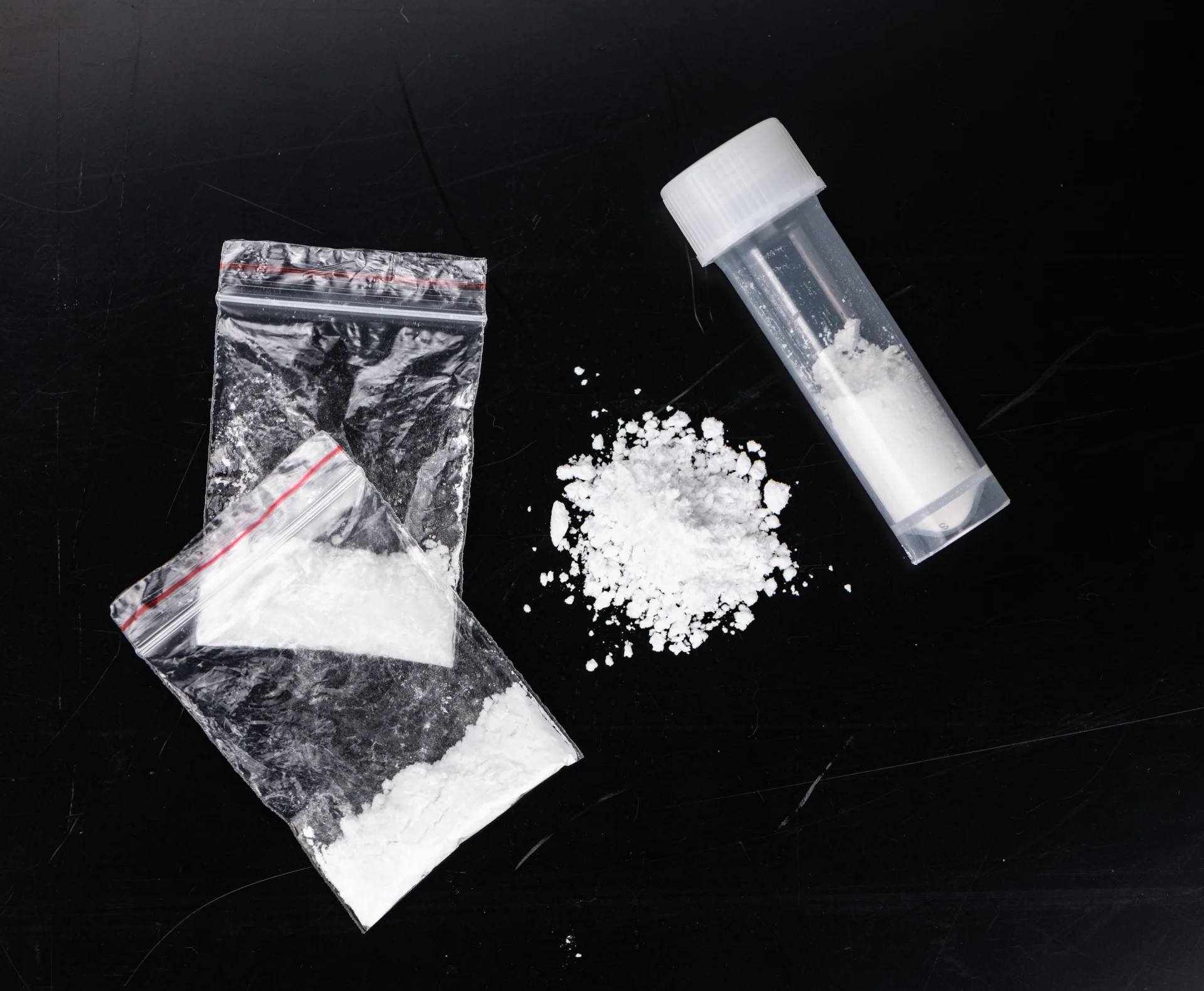Cocaine Addiction Treatment in Long Island
Our Long Island cocaine guide explains how dependence develops, the crash and health risks, and how therapies, harm reduction, and personalized care support recovery with confidential referrals to trusted local programs.
Covered by most insurance plans
Available to help you 24/7
Table of Contents
Cocaine use disorder is treatable and earlier care on Long Island improves outcomes. Because cocaine rapidly spikes (then crashes) dopamine and norepinephrine, people cycle between brief euphoria and a prolonged “down,” with cravings, anxiety, sleep disruption, and low mood. Safe recovery here typically blends supervised stabilization, evidence-based behavioral care, and support for co-occurring issues (depression, PTSD, ADHD, alcohol or benzodiazepine use). Long Island Interventions offers confidential placement into licensed Nassau/Suffolk programs (inpatient, residential, PHP/IOP, outpatient, psychiatry) that match your goals, schedule, and insurance.

How Cocaine Dependence Forms
Cocaine blocks reuptake of dopamine, norepinephrine, and serotonin, causing an intense but short-lived high. The brain adapts (tolerance), everyday activities feel “flat,” and use shifts from feeling good to feeling normal. Binge patterns (multiple doses across an evening) and routes like smoking/injecting drive faster reinforcement and stronger cravings.
Medical & Mental Health Risks That Warrant Prompt Help
- Cardiac/cerebrovascular: hypertension, arrhythmias, vasospasm, heart attack, stroke risk rises with dehydration, exertion, or mixing with alcohol.
- Psychiatric: anxiety, panic, insomnia, dysphoria; at high doses paranoia, agitation, stimulant-induced psychosis.
- Co-use hazards on LI: alcohol (“cocaethylene” toxicity), benzodiazepines (blackouts), and fentanyl contamination in powder. Carry naloxone; consider fentanyl test strips.
- Functional harms: job or school impairment, legal exposure, unsafe driving on parkways/LIE, family conflict.
Withdrawal (“Crash”) What It Looks Like
Cocaine withdrawal is primarily psychological but very real: fatigue or hypersomnia, anhedonia, anxiety, irritability, vivid dreams, increased appetite, and intense cravings. Symptoms start within hours, peak days 2–4, and improve over 1–2 weeks; low mood/sleep issues can persist for weeks (“post-acute” phase). Suicidal thoughts or severe agitation are emergencies call 911.
Detox & Stabilization Options on Long Island
- Outpatient stabilization: For medically stable clients structured check-ins, sleep plan, nutrition/hydration, and rapid-start therapy with cravings management.
- Inpatient/Residential or PHP/IOP: Recommended for severe use, polysubstance (alcohol/benzo/opioids), psychosis/suicidality, or unstable housing. Daily psychiatry, groups, and skills training reduce relapse risk.
Medications: Setting Expectations
There is no FDA-approved medication that “switches off” cocaine addiction. Care targets symptoms and co-occurring conditions:
- Sleep/anxiety/low mood: non-addictive options (trazodone, hydroxyzine, melatonin); antidepressants when indicated.
- Cravings/relapse (off-label): Some clinicians may consider bupropion, topiramate, or modafinil in select cases must be individualized by a prescriber.
- Alcohol co-use: naltrexone/acamprosate can help alcohol reduction, indirectly decreasing cocaine binges.
Therapies That Work
- Contingency Management (CM): The strongest evidence for stimulants immediate rewards for negative drug screens and recovery milestones.
- CBT/Relapse Prevention: Identify triggers (people/places/paydays), correct thinking traps, and script “If-Then” coping plans.
- CRA (Community Reinforcement Approach): Rebuild sober routines, social networks, and rewarding activities on Long Island.
- DBT skills: Distress tolerance and emotion regulation reduce “urge surfing” failures.
- Family support: CRAFT coaching improves engagement and lowers household chaos.
- Co-occurring care: Treat depression, PTSD, ADHD, or alcohol use in parallel untreated issues are common relapse drivers.
Harm Reduction & Safety
- Never use alone; avoid mixing with alcohol or sedatives; hydrate, eat, and rest between urges.
- Assume fentanyl risk in street powders carry naloxone and consider fentanyl test strips.
- Chest pain, severe headache, one-sided weakness, extreme agitation, or psychosis = call 911.
Campus & Workplace Context

We regularly coordinate near Stony Brook, Hofstra, Adelphi, LIU, Farmingdale State, and local employers. We can help with privacy-protected documentation for course load changes, testing accommodations, or return-to-work plans so recovery and performance can coexist.
How Long Island Addiction Resources Helps
We do not operate a detox or rehab unit. We’re a confidential care-navigation and intervention service. We verify benefits and match you with vetted Long Island programs (inpatient, residential, PHP/IOP, outpatient therapy/psychiatry) that deliver CM, CBT/CRA, and dual-diagnosis treatment. We coordinate professional interventions, step-up/step-down transitions, family education, and aftercare (peer groups, sober living, teletherapy).
Begin Your Cocaine Addiction Recovery in Long Island Today
If you or a loved one are ready to end your alcohol and drug use, there are many recovery options available near you in Long Island
Rehab Programs
Are you ready to take back control over your life?
Making the decision to seek help is one of the hardest and bravest steps you can take. We know that the recovery process is not always easy—there may be challenges along the way—but every step forward brings you closer to a life free from the weight of addiction.
Find treatment options covered by insurance















Let today be
your Day 1
We'll get on a call, assess your health history, and verify your insurance. Today is Day 1. We can't wait to celebrate Day 1000 with you!
Fill out this simple form and we’ll call you right back.
Frequently Asked Questions
We'll get on a call, assess your health history, and verify your insurance. Today is Day 1. We can't wait to celebrate Day 1000 with you!
What are the signs of cocaine addiction?
Common signs include agitation, mood swings, dilated pupils, weight loss, disrupted sleep, secrecy, financial strain, and neglecting responsibilities.
What are the withdrawal symptoms from cocaine?
Symptoms include fatigue, vivid dreams, anxiety, irritability, increased appetite, and strong cravings. While not typically life-threatening, withdrawal can be emotionally intense.
Are there medications that help with cocaine addiction?
There are no FDA-approved medications specifically for cocaine addiction, but doctors may prescribe medications to stabilize mood, improve sleep, or reduce cravings.
How can families support someone in recovery from cocaine addiction?
Family therapy, education, and participation in support groups help families rebuild trust, set healthy boundaries, and provide consistent encouragement.
How long does cocaine addiction treatment last?
Treatment typically spans several weeks to months, depending on severity, co-occurring conditions, and progress in therapy and relapse prevention.
